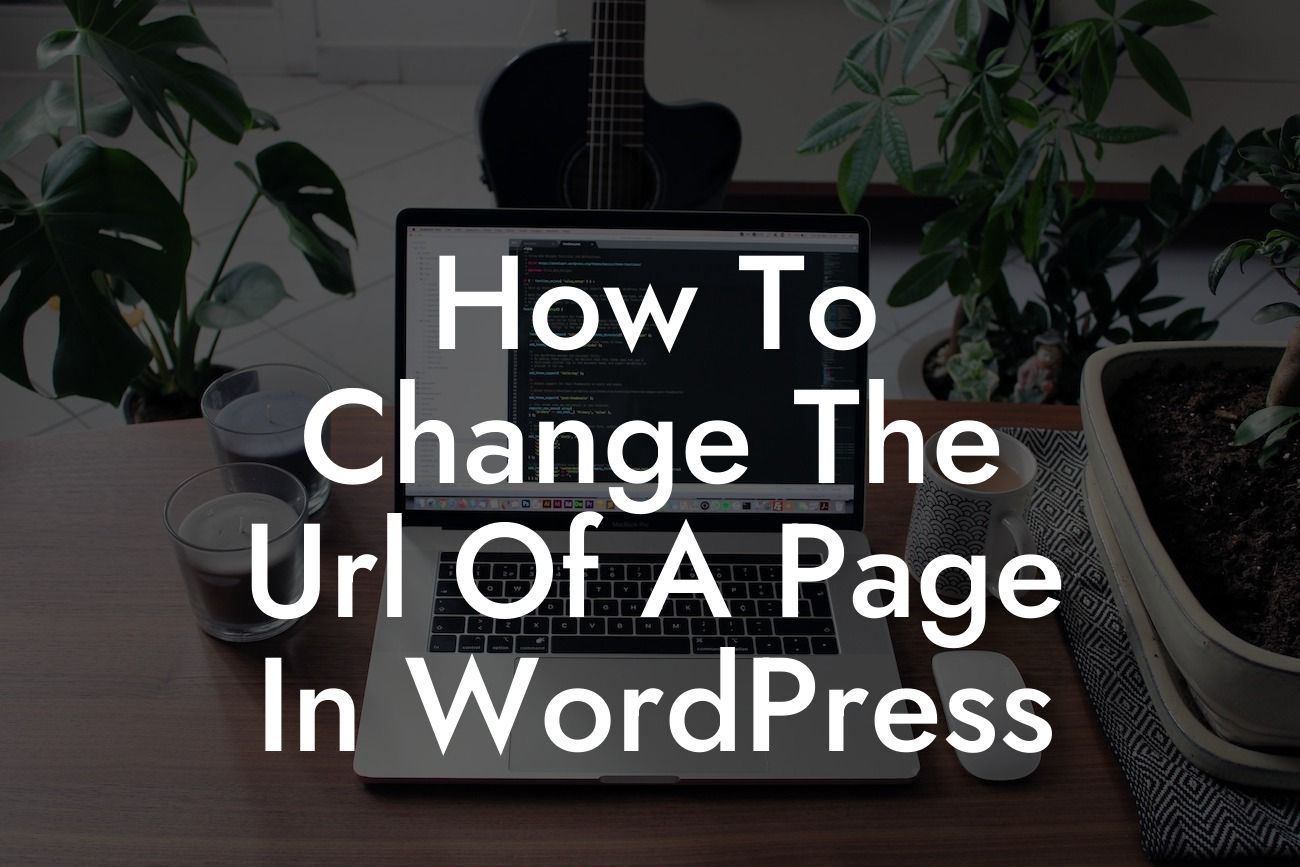Changing the URL of a page in WordPress can seem like a daunting task, but it doesn't have to be. Whether you're rebranding your website, restructuring your content, or making SEO improvements, this guide will walk you through the process step by step. With a focus on small businesses and entrepreneurs, DamnWoo is here to help you boost your online presence and achieve extraordinary results. Prepare to say goodbye to cookie-cutter solutions and embrace something truly exceptional!
Changing the URL of a page in WordPress requires a few simple steps:
1. Plan and prepare:
- Carefully evaluate why you want to change the URL. Ensure it aligns with your website strategy and goals.
- Analyze potential SEO impact and plan for any necessary redirects.
Looking For a Custom QuickBook Integration?
- Create a backup of your website to safeguard against any unintended changes.
2. Install a trusted WordPress plugin:
- To simplify the URL changing process, consider using a reliable plugin like "DamnWoo's URL Changer."
- Install and activate the plugin through your WordPress dashboard.
3. Update the URL:
- Navigate to the desired page in your WordPress dashboard.
- Locate the "URL Changer" section and click on it.
- Enter the new URL you want for the page.
- Save the changes.
4. Set up redirects:
- Redirects are crucial to ensure that your old URL links point to the new URL and maintain SEO value.
- Use a plugin like "Redirection" to set up 301 redirects for your old URLs.
- Create individual redirects for each page you've changed the URL for.
5. Test and verify:
- After making the necessary changes, test each redirected URL to confirm that they work correctly.
- Use online tools like Screaming Frog or Google Search Console to identify any broken links or errors.
How To Change The Url Of A Page In Wordpress Example:
Let's say you have a page on your website with the URL "www.example.com/old-page." You decide to change the URL to "www.example.com/new-page" to better reflect the content. Using DamnWoo's URL Changer plugin, follow the steps outlined above to make the switch seamlessly. Set up redirects from the old URL to the new one, ensuring that visitors and search engines can still find your content with ease.
Congratulations! You've successfully learned how to change the URL of a page in WordPress. Optimizing your URLs is crucial for improving SEO and enhancing the user experience. Start implementing these changes today and watch your online presence soar. Don't forget to explore other helpful guides on DamnWoo and try out our incredible WordPress plugins to supercharge your success. Share this article with others who might find it valuable and stay tuned for more insightful content from DamnWoo!













